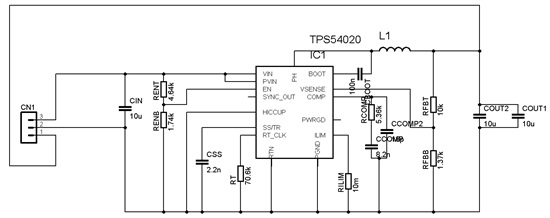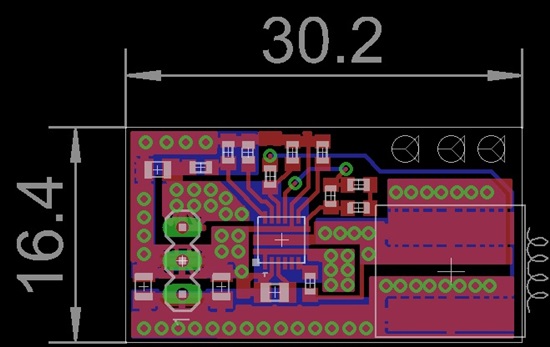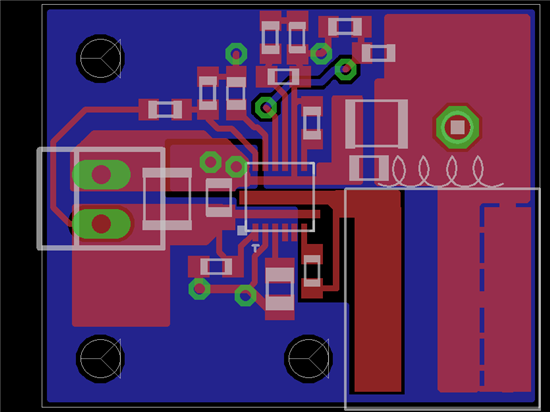Hello everyone.
I made a small 15V to 5V (7A out) step down converter according to webench:
7713.webench_design_3562831_6_903630554.pdf
Upon turning the power on (15V, output floating), the device immediately gets hot.
Current goes to more than 1 A (stil open circuit) immediately.
I made a second board, with a different chip, this time it did not get hot, current was few mA (good), but...
Neither gave me any output.
Two separate boards and separate devices, in both I measure short circuit on the lower side transistor.
I bought extra device to test again. I started with a small voltage and at about 4.5V inut the current suddenly jumps to 0.5A and increases to more than 1A at >6V. I stayed on 4.5V and connected a light bulb which lit up dimly (the output voltage was 0.5V). As I increased the voltage to about 9V the bulb was erratically getting brighter and dimmer and I could hear the switching noise. The input current was about 1.5A and then the chip failed.
This is now the 3rd chip that failed. I checked all component values on the PCBs and they are all as per the schematics.
No component is further than 6mm from the chip.
The boot voltage was correct (I do not remember it now, though).
Any help as for why the chips are failing would be deeply appreciated.
Wojciech




